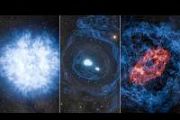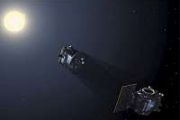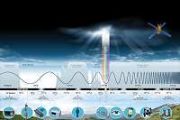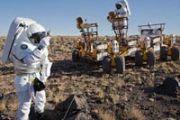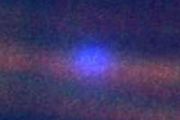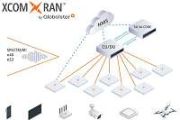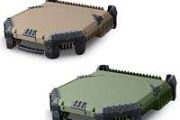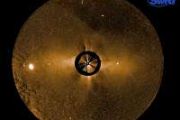Displaying items by tag: neutrino
Fermilab
the Fermi National Accelerator Laboratory (Fermilab), located just outside Batavia, Illinois, near Chicago, is a US Department of Energy national laboratory specializing in high-energy particle physics.
As of January 1, 2007, Fermilab is operated by the Fermi Research Alliance, a joint venture of the University of Chicago, Illinois Institute of Technology and the Universities Research Association (URA). Fermilab is a part of the Illinois Technology and Research Corridor.
Fermilab's Tevatron was a landmark particle accelerator; at 3.9 miles (6.3 km) in circumference, it was the world's second largest energy particle accelerator (CERN's Large Hadron Collider is 27 km in circumference), until being shut down on September 30, 2011. In 1995, both the CDF and DØ (detectors which utilize the Tevatron) experiments announced the discovery of the top quark.
In addition to high energy collider physics, Fermilab is also host to a number of smaller fixed-target and neutrino experiments, such as MiniBooNE (Mini Booster Neutrino Experiment), SciBooNE (SciBar Booster Neutrino Experiment) and MINOS (Main Injector Neutrino Oscillation Search). The MiniBooNE detector is a 40-foot (12 m) diameter sphere which contains 800 tons of mineral oil lined with 1520 individual phototube detectors. An estimated 1 million neutrino events are recorded each year. SciBooNE is the newest neutrino experiment at Fermilab; it sits in the same neutrino beam as MiniBooNE but has fine-grained tracking capabilities. The MINOS experiment uses Fermilab's NuMI (Neutrinos at the Main Injector) beam, which is an intense beam of neutrinos that travels 455 miles (732 km) through the Earth to the Soudan Mine in Minnesota.
IceCube Neutrino Observatory
The IceCube Neutrino Observatory (or simply IceCube) is a neutrino telescope constructed at the Amundsen-Scott South Pole Station in Antarctica.
Its thousands of sensors are distributed over a cubic kilometre of volume under the antarctic ice. Similar to its predecessor, the Antarctic Muon And Neutrino Detector Array (AMANDA), IceCube consists of spherical optical sensors called Digital Optical Modules (DOMs), each with a photomultiplier tube (PMT) and a single board data acquisition computer which sends digital data to the counting house on the surface above the array. IceCube was completed on 18 December 2010, New Zealand time.
DOMs are deployed on "strings" of sixty modules each at depths ranging from 1,450 to 2,450 meters, into holes melted in the ice using a hot water drill. IceCube is designed to look for point sources of neutrinos in the TeV range to explore the highest-energy astrophysical processes.

















